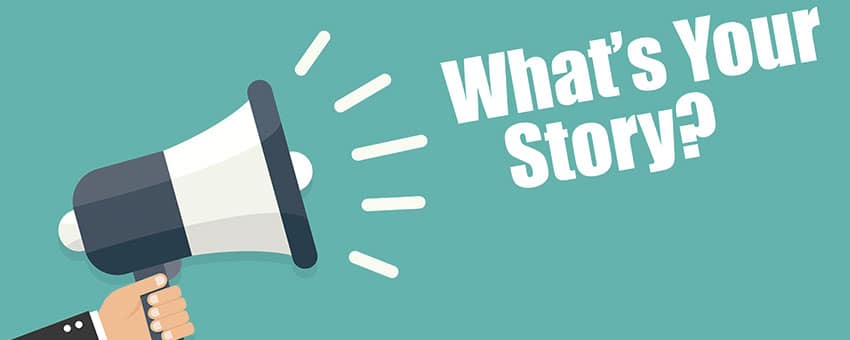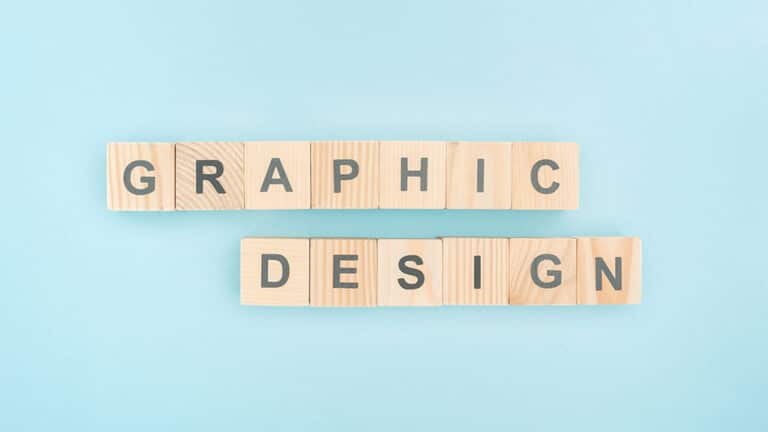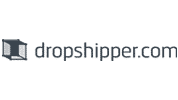Art of Brand Storytelling Part 2: How to Construct a Story
Note: This is part 2 in our Art of Brand Storytelling Series
Iconic brands like Apple have long recognized the power of brand storytelling. In 1984, before Apple was “Apple”, the company launched an unconventional, controversial 1 minute tv spot during the 3rd quarter of Superbowl XVIII. It was their first tv ad, and they subverted expectations, made people curious and, most important of all, they managed to articulate their brand values in front of millions of people. It was a great ad to launch a company with. Today, that ad is considered a classic. Why?
Because, to put it simply, Apple told a story (which was inspired by George Orwell’s classic novel 1984). It was a story all about the appeal of their brand, and it was told vividly and succinctly. Apple accomplished a remarkable feat: telling a story in 60 seconds that completely represented the power of their brand. Someone buying a Macintosh computer was a trendsetter, a rebel, an anti-conformist—someone who didn’t bow down to the status quo. Whether or not that is actually true beside the point; Apple set the tone for years to come, and it was due to their skillful storytelling. Apple made its audience believe, which is what you need to do.
But how do you do that? How do you get an audience to believe in your brand, especially if a large portion of that audience has never heard of your company before?
It’s all in how you construct the story.
I’m going to list the different elements of your store that you will always need—no matter what story you tell.
- Characters
Your characters are very important. You need a protagonist (main character), and you should expect your audience to experience the story through that character’s point of view. This means that people should be able to see themselves in your character.
In some cases, you may even want a villain as a foil to your main character. But this isn’t always necessary. Let’s use Apple’s 1984 ad as an example. The protagonist is the woman that’s running with the hammer (which is supposed to represent a Mac computer, by the way). The villain is the Big Brother character that’s talking on the screen (which, at that time, was supposed to represent IBM).
There are many different type of protagonists that you can use.
You can go with the underdog, as people to love to root for the underdog, and can easily relate to that type of character.
You can use the rebel/outcast type of protagonist.
You can use the protagonist who is down-on-luck. In some cases, this can be interchangeable with the underdog type.
You need to use a protagonist who people, at some level, will want to root for. In the Apple example, the protagonist is fictional, but this doesn’t mean that your character necessarily needs to be fictional. In your case, it may make sense to use references to real people or customers.
The Setting/Tone
The setting is where the story takes place. What’s happening around the main characters? What’s the imagery? The Macintosh ad is a visual story, so the setting is crystal clear: a depressingly dystopian society devoid of color or emotion.
Figure out the setting because it will help to set the tone for the story.
The Structure of the Story
Every story needs a beginning, middle and an end. The beginning needs to hook the audience. It needs to be somewhat exciting to do that. The story should be established with strong characters and a detailed setting. The middle should set up the conflict for the protagonists. It shouldn’t be all smooth-sailing for the protagonist—all stories need a conflict to make it interesting. The end is the climax and resolution to the story—the conflict should be conquered.
This is a basic structure, but most stories in any medium will adopt it as a guideline. Of course, stories that are more complex will play with the structure, but you should use it as a rule of thumb.
Conclusion
So, now you know how to construct your story. But a story with a weak audience is useless. The next post in this series will explain how to ensure your story has an audience.
Are you ready to discuss how we can help you build your brand? If so, contact Zen Agency today! We are a group of branding experts.

















